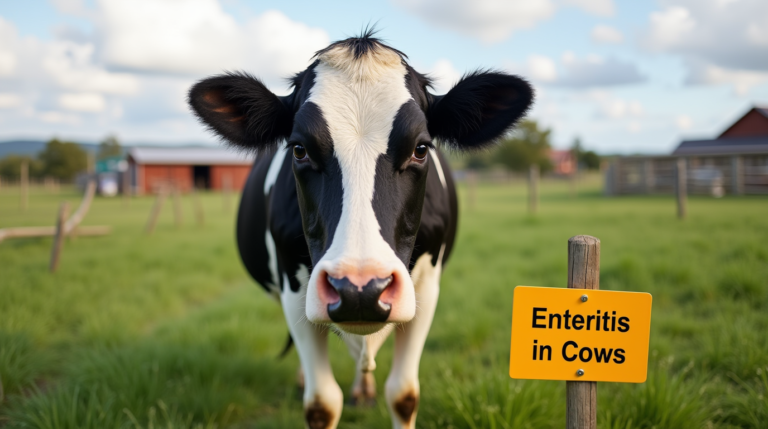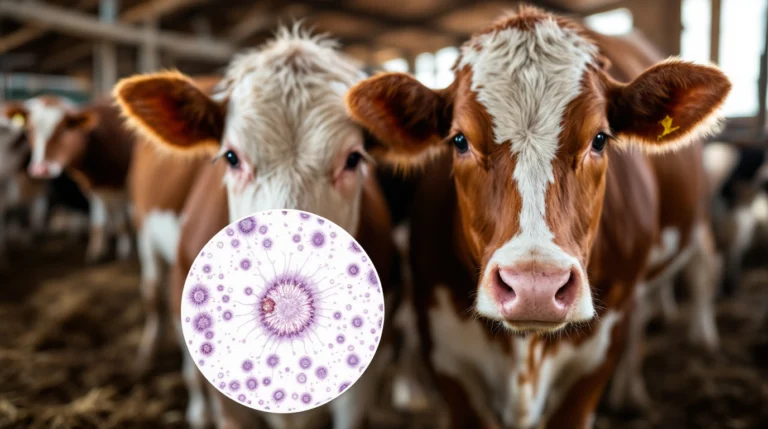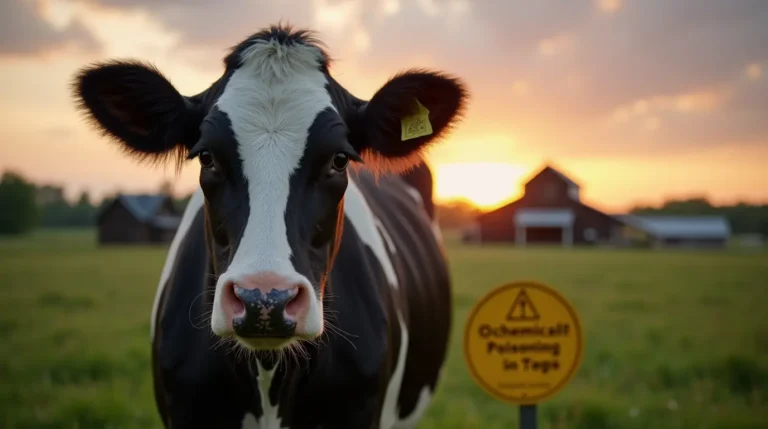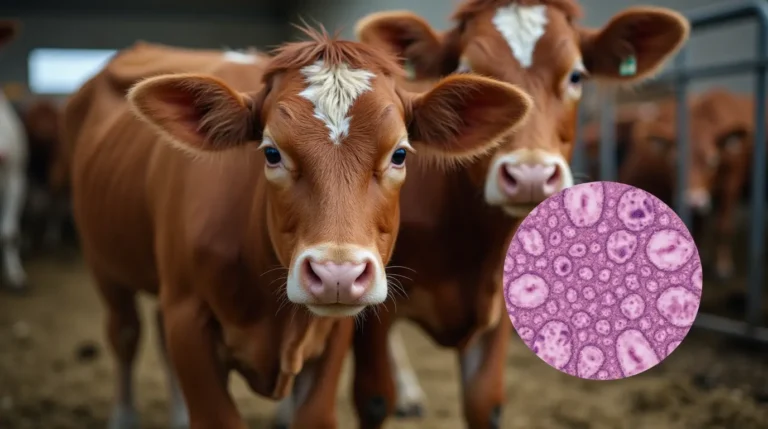Protect your cattle from devastating clostridial diseases in cattle , with expert prevention strategies. Learn essential tips to safeguard your herd’s health and maximize farm productivity.
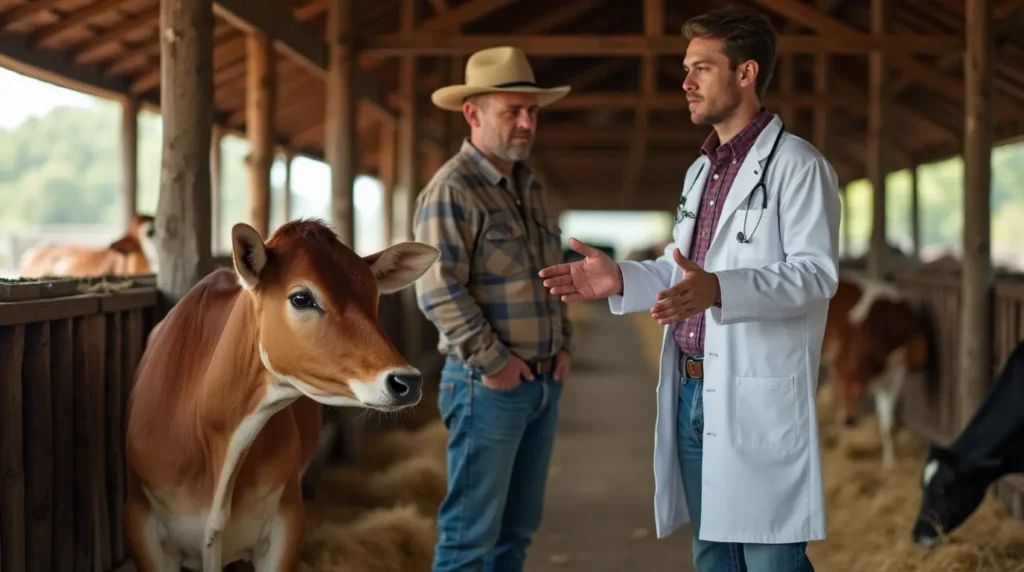
Table of Contents
Clostridial diseases pose a significant threat to cattle herds worldwide, representing a critical challenge for farmers, veterinarians, and livestock managers. These potentially fatal bacterial infections can decimate entire herds, causing substantial economic losses and compromising animal welfare. Understanding the complexities of clostridial diseases in cattle is not just a professional responsibility—it’s a fundamental aspect of successful livestock management.
In this comprehensive guide, we’ll explore the intricate world of clostridial diseases, providing farmers and veterinarians with crucial insights, prevention strategies, and practical recommendations to protect their valuable cattle populations.
Understanding Clostridial Diseases: A Comprehensive Overview
What Are Clostridial Diseases?
Clostridial diseases are a group of serious bacterial infections caused by anaerobic bacteria belonging to the Clostridium genus. These opportunistic pathogens thrive in oxygen-poor environments and can rapidly proliferate under specific conditions, causing severe and often fatal infections in cattle.
Common Types of Clostridial Diseases in Cattle
1. Blackleg (Clostridium chauvoei)
- Primarily affects young cattle between 6-24 months old
- Characterized by sudden death and severe muscle inflammation
- Often occurs in pastures with disturbed soil conditions
2. Tetanus (Clostridium tetani)
- Enters through wounds or surgical sites
- Causes muscle rigidity and spasms
- Can be fatal if not treated promptly
3. Botulism (Clostridium botulinum)
- Caused by consuming contaminated feed or decaying organic matter
- Leads to progressive paralysis
- High mortality rates if not identified early
Transmission and Risk Factors
Environmental Factors
- Wet, marshy pastures
- Areas with high organic matter content
- Regions with significant soil disturbance
- Poor sanitation practices
Cattle-Specific Vulnerabilities
- Young, unvaccinated animals
- Cattle with compromised immune systems
- Animals experiencing nutritional stress
- Recent surgical procedures or extensive wounds
7 Essential Prevention Tips for Clostridial Diseases
1. Comprehensive Vaccination Program
Implementing a robust vaccination strategy is the cornerstone of clostridial disease prevention. Multi-valent vaccines offering protection against multiple Clostridium strains are recommended.
Vaccination Schedule Recommendations:
- Initial vaccination for calves at 2-3 months of age
- Booster shots every 6-12 months
- Annual revaccination for adult cattle
2. Optimal Pasture Management
Reduce environmental risks by maintaining clean, well-drained pastures and minimizing soil disturbance.
Key Strategies:
- Implement rotational grazing
- Avoid overgrazing
- Drain marshy areas
- Remove decaying organic matter
3. Wound Care and Hygiene
Proper wound management is critical in preventing clostridial infections.
Best Practices:
- Clean and disinfect wounds immediately
- Use appropriate antiseptic solutions
- Monitor wound healing progress
- Isolate injured animals if necessary
4. Nutritional Support
A balanced diet strengthens cattle immune systems, enhancing disease resistance.
Nutritional Recommendations:
- Provide mineral-rich supplementation
- Ensure adequate protein intake
- Monitor body condition scores
- Use high-quality feed sources
5. Biosecurity Protocols
Develop comprehensive biosecurity measures to minimize disease transmission.
Implementation Steps:
- Quarantine new animals
- Restrict visitor access to livestock areas
- Maintain clean equipment and facilities
- Practice strict hygiene protocols
6. Regular Veterinary Monitoring
Schedule routine health check-ups and diagnostic screenings.
Monitoring Techniques:
- Periodic blood tests
- Physical examinations
- Herd health assessments
- Prompt investigation of unexplained deaths
7. Environmental Management
Proactively manage potential bacterial proliferation zones.
Management Strategies:
- Control rodent populations
- Properly dispose of animal carcasses
- Manage waste effectively
- Minimize soil contamination
Recommended Products for Pharmacy Cows
1. MultiShield® Clostridial Vaccine
- Comprehensive protection against multiple Clostridium strains
- Easy administration
- Suitable for various cattle ages
2. VetCare Wound Antiseptic Spray
- Advanced wound disinfection formula
- Rapid healing support
- Prevents bacterial infection
3. Immune Boost Cattle Mineral Supplement
- Enhances immune system functionality
- Balanced mineral composition
- Supports overall animal health
4. Professional Livestock Hygiene Kit
- Complete wound care package
- Sterile instruments
- Comprehensive disinfection solutions
Clostridial Diseases in Cattle (FAQ)
Q1: How often should cattle be vaccinated against clostridial diseases? A: Typically, calves should receive initial vaccination at 2-3 months, with booster shots every 6-12 months and annual revaccination for adult cattle.
Q2: Can clostridial diseases be transmitted to humans? A: Some clostridial diseases, like botulism, can potentially affect humans. Always practice proper hygiene and consult healthcare professionals if exposure is suspected.
Q3: What are the early signs of clostridial infections? A: Symptoms vary but may include sudden fever, muscle swelling, lameness, depression, and rapid deterioration of health.
Conclusion
Preventing clostridial diseases in cattle , requires a multifaceted approach combining scientific knowledge, proactive management, and continuous learning. By implementing these comprehensive strategies, farmers can significantly reduce the risk of devastating bacterial infections in their cattle herds.
We want to hear from you! Share your experiences, challenges, and successful prevention strategies in the comments below.
Explore more expert livestock care tips and guides at BlithePet


